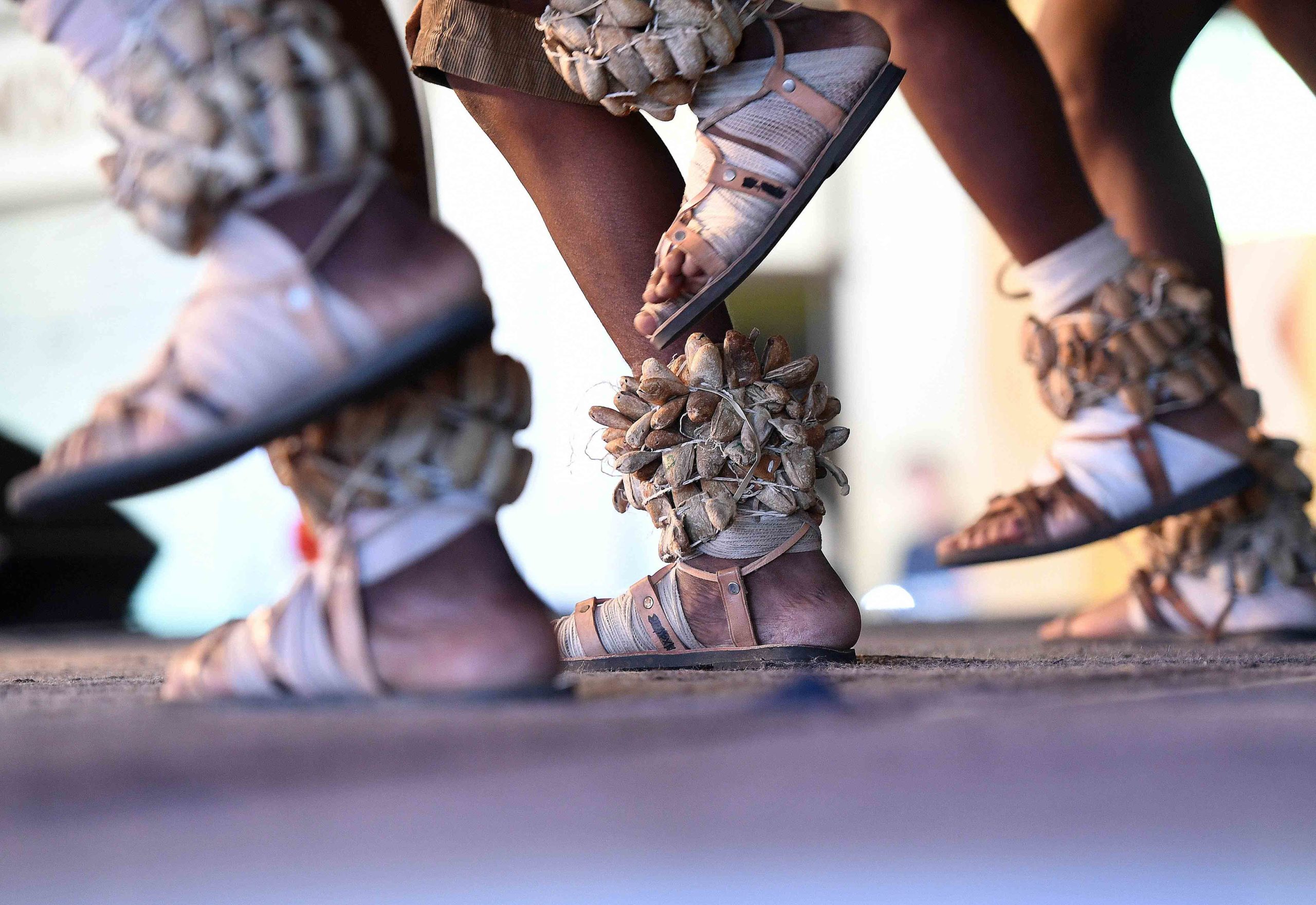Many rushed to the studio with the aim of making a quick buck with prurient lyrics and precipitated the ending of a rich genre, writes KGOSI GASEBALWE SERETSE
A time was when contemporary borankana was the toast of the day but the genre seems to have died a natural death. Many cultures on the African continent have promoted their traditional music, with some people becoming international artists in the process. The rise of contemporary borankana started with the hoarse-voiced Segomotso Kgobola Nkgomo who made the genre more appealing by adding modern instruments to it. But although Kgobola was well-liked, he did not last perhaps because he did not earn much from his efforts.
Legendary group, Machesa, took the baton from Kgobola and went on to win a Kora award, and it is safe to assume that after this award, many sought to jump on the bandwagon and the genre grew in leaps and bounds. The likes of Maxy Sedumedi joined it with her special tsutsube brand of borankana and won myriads of fans. Soon afterwards, groups like Dikakapa, Matsieng, Mokorwana, Dinyetse, Ditlhaka tsa Mmino and Culture Spears were formed and made a serious mark on the music scene.
Who can forget the formative years of Culture Spears with their hit song, Mmadikokwana, which catapulted the group to great fame? Everyone fell in love with the raw offering of the group in their debut album.
In 2007, Matsieng released Setswana sa Borre, which had the hit song, Tinto, and the group’s fame went beyond our borders with the troupe gaining popularity in neighbouring South Africa and other countries in the region. Setswana sa Borre was so popular and nobody really thought Matsieng could one day be history.
Dikakapa was one of the groups that really made an impact on the country but soon after their Kora award bid failed their star began to wane. At the height of their fame, the group, which was made up of muscular band members, attracted many revellers to their shows because of their good singing and exuberant dance steps.
Some of the individual women who made an impact on the genre included Shirley Dikomang, Maxy Sedumedi and Charma Gal while their male counterparts included the likes of Mponang ‘Gongmaster’ Ketshabile, Ditiro Leero, Johnny Kobedi, and Moses ‘Shumba Ratshega’ Malepela.
Interestingly, most of these groups and individual artists have mostly ventured into new genres or have abandoned the music scene altogether. This has left many questions as to what could have caused the death of this great genre. Here are some points that will try to answer this question.
Packaging:
Although borankana was an invaluable ‘product’ that should have been properly packaged and exported, it seems artists in this genre were thinking of just making a quick buck and were not much interested in ensuring that the genre stood the test of time. Contemporary borankana was an exportable product as countries like South Africa embraced it, especially in areas like the North West Province where Setswana is the native language. Many local borankana artists had gigs all over South Africa, some even appearing in SABC programmes like Roots. There was even a mushrooming of borankana groups in the North West, with many looking for mentorship in Botswana. It is not a secret that many Batswana tribes in South Africa have forgotten Setswana culture, including traditional dance, so the rise of borankana this side of the border helped with a revival of borankana that side. Batswana artists could have made a killing with this genre had they properly packaged borankana.
Lack of creativity:
Producing a good borankana song requires great creativity and rich knowledge of the Setswana Language. Sadly, this genre was infiltrated by fly-by-night artists and music producers who butchered it mercilessly. Few could get the measure of success garnered by Eric Ramco and Matsieng. Ever since Eric Ramco relocated, this genre sadly died in Botswana. Interestingly, some of the borankana artists thought using insulting language and being controversial would gain them fans and sales but that actually backfired.
Half-baked products:
At a time when the genre was popular, many rushed to the studios to release albums. As a result, many released half-baked products and ended up with poor sales. Needless to say, the market was soon flooded with sub-standard products, leading to the early death of the genre. As it is now, the future really looks gloomy for contemporary borankana.

